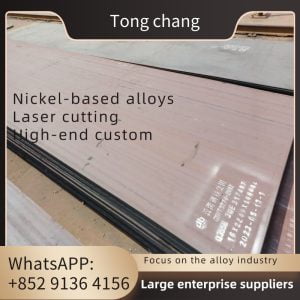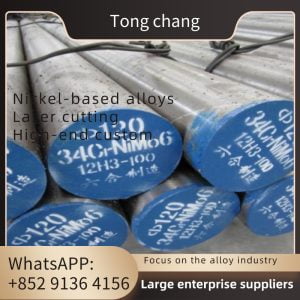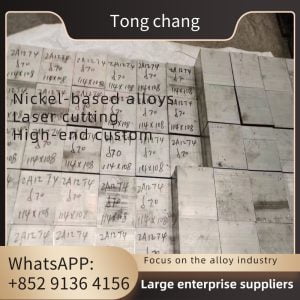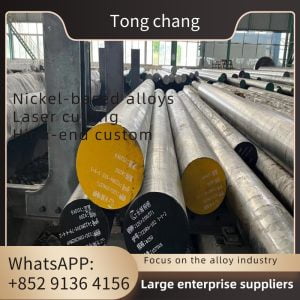| Spec: | ASTM A268 / ASME SA268 | Material Grade: | TP405 TP409 TP410 TP430 TP430Ti |
|---|---|---|---|
| Processing: | Bending, Welding, Decoiling, Punching, Cutting, Moulding | Application: | Boiler Heat Exchanger |
Ferritic Martensitic Stainless Steel Seamless Tube A268 TP405 TP409 TP410 TP430 TP430Ti Heat Exchanger Tube
ASTM A268 is Standard specification for Seamless and Welded Ferritic and Martensitic Stainless Steel Tubing for General Service, the grades contain TP410, TP405, TP420, TP430, TP430Ti, TP403, TP409, TP444, TP439 and TP446.
This specification covers a number of grades of nominal-wall-thickness, stainless steel tubing for general corrosion-resisting and high-temperature service. Most of these grades are commonly known as the “straight-chromium” types and are characterized by being ferromagnetic. Two of these
grades, TP410 and UNS S41500, are amenable to hardening by heat treatment, and the high-chromium, ferritic alloys are sensitive to notch-brittleness on slow cooling to ordinary temperatures. These features should be recognized in the use of these materials.
The tubes shall be made by the seamless or welded process with no filler metal added, tubes shall be reheated to a temperature of 1200.F [650.C] or higher and cooled to meet the requirements of this specification, All tubes shall be free of excessive mill scale, suitable for inspection. A slight amount of oxidation will not be considered as scale.
410 contains the minimum amount of chromium to impart stainless steel properties. 410 resists oxidation and scaling up to 1200 degF. Hardness is one of 410’s best features; It resists abrasion and wear better than most 300 series stainless steel.
What are manufacturing types of ASTM A268 TP410 tube?
To produce SA 268 tp410 round tubing, there seem to be three different manufacturing processes: seamless, welded, and ERW.
The raw metal is initially cast to produce a more usable beginning shape in both manufacturing processes. The heated metal billet is then stretched into a seamless tube, or the ends of a flat metal strip are pressed together and then combined by a weld.
Extrusion is a method of producing steel where a workpiece, often a circular chuck, is pushed to pass through a die with a decreasing cross-sectional surface, changing the shape of the work to the resulting cross-section.
Chemical Composition
| Element | Carbon | Mn | Si | P | S | Cr | MO | Ni | N | |
| TP410 | minimum value | – | – | – | – | – | 11.5 | – | – | – |
| maximum value | 0.15 | 1.0 | 1.0 | 0.040 | 0.030 | 13.5 | 0.75 | – | ||
Equivalent Material
| STANDARD | WERKSTOFF NR. | UNS | JIS | KS |
| TP410 | 1.4006 | S41000 | SUS410 | STS410 |
ASTM A268 TP 410 Tubing Mechanical Properties
| Tensile Stress, Mpa | Yield Stress, MPa | Elongation, % | Hardness, HB |
| 415 minimum | 205 minimum | 20 minimum | 207 maximum |
Applications
Refining
Refrigeration
Petrochemical
Gas transmission
Pulp and paper
Heating and Air Conditioning
Chemical & Electric Power








